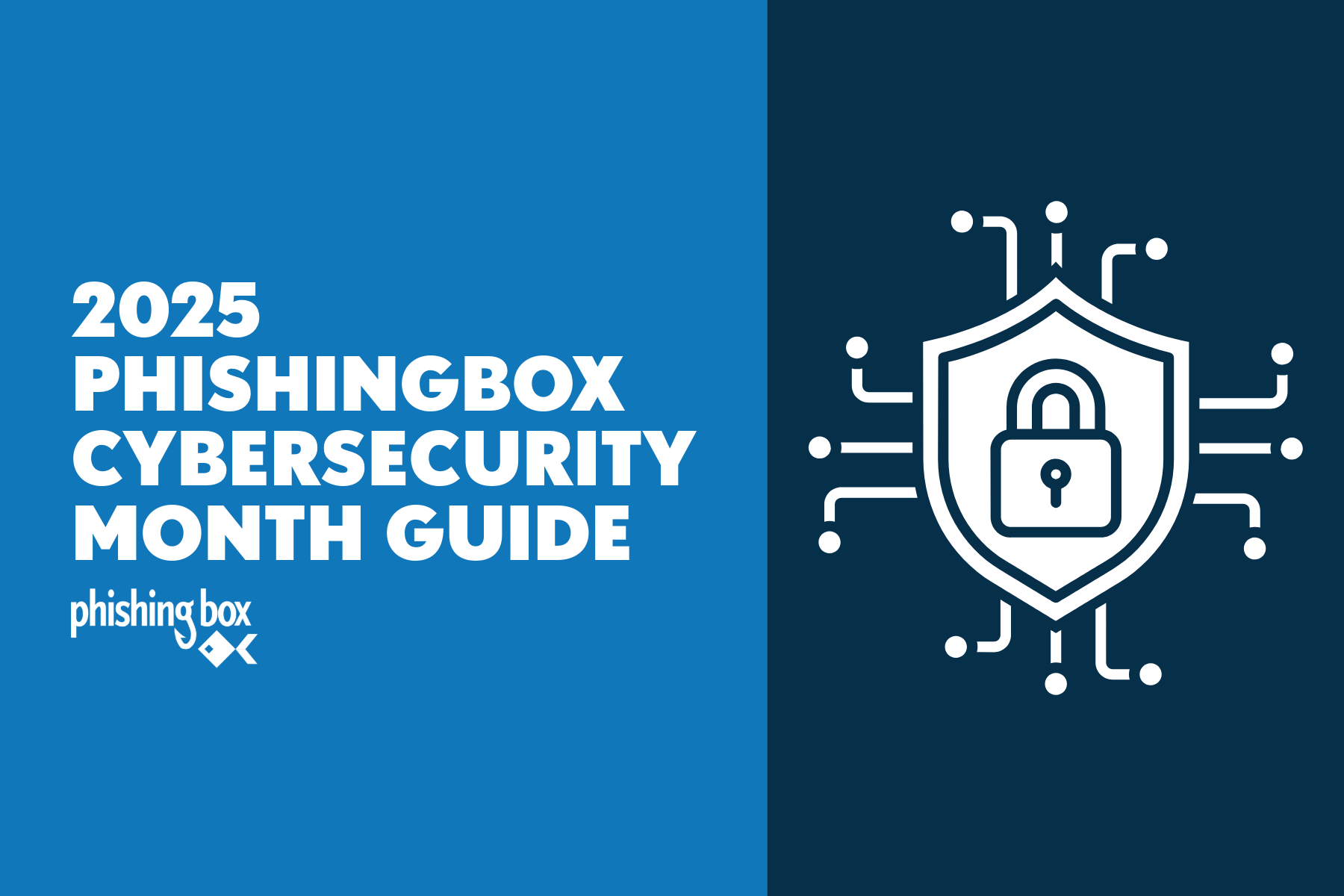Cybersecurity Awareness Month is an annual opportunity to focus on what we should be focused on every month of the year.
Cyber threats are evolving at an unprecedented pace. Among the latest tactics employed by cybercriminals are QR code manipulation and sophisticated phishing themes. These threats pose significant risks to businesses, making it imperative to adopt comprehensive security awareness training programs. Here's a look at these emerging threats highlighting the importance of a holistic human risk management program for businesses.
The Rise of QR Code Manipulation
QR codes have become ubiquitous in our daily lives, from restaurant menus to payment systems, even on-screen commercials feature them calling us to scan and take action. However, their convenience has also made them a target for cybercriminals. QR code phishing, or “quishing,” involves embedding malicious URLs within QR codes. When scanned, these codes can redirect users to fake websites designed to steal sensitive information such as login credentials and financial data.
The rapid increase in QR code usage has led to a corresponding rise in quishing attacks. For instance, there has been a 433% increase in QR code scans between 2021 and 2023. Cybercriminals exploit the trust users place in QR codes, making it crucial for businesses to educate their employees, and customers, about the risks associated with scanning unknown codes.
Evolving Phishing Themes
Phishing remains one of the most prevalent cyber threats, with attackers continually refining their tactics and finding new ways to exploit targets.
Recent phishing themes include:
Audio Notes and Voicemail Phishing:
Cybercriminals send emails containing links to fake audio notes or voicemail messages, tricking recipients into entering their credentials on malicious websites.
AI-Generated Phishing:
The use of AI tools like ChatGPT has led to a 1,265% rise in phishing attacks, with AI-generated emails that are more convincing and harder to detect. The easier it is, the more it'll be used.
Phishing-as-a-Service:
There are cybercriminals who band together and create syndicates to provide and offer phishing kits that include QR codes, email templates, and full-service options to "customers," making it easier for less skilled attackers to launch sophisticated phishing campaigns.
The Role of Security Awareness Training
To combat these evolving threats, businesses must invest in comprehensive security awareness training programs. PhishingBox offers a robust platform for improving end-user security through simulated phishing attacks and ongoing cybersecurity training.
Here’s how such training can mitigate the risks:
Education and Awareness:
Regular training courses and consistent training content help employees recognize phishing attempts and understand the dangers of scanning unknown QR codes and every sapect of phishing attacks.
Simulated Attacks:
By conducting simulated phishing attacks, businesses can test their employees’ readiness and identify those who need additional training.
Just-In-Time Training:
Employees who fall for simulated attacks can receive immediate training to correct their behavior and prevent future incidents.
The B2B Case for a Holistic Human Risk Management Program
For businesses, especially in the B2B sector, the human element is often the weakest link in cybersecurity. A holistic human risk management program addresses this by integrating security awareness training into the broader cybersecurity strategy.
Here’s why it’s essential:
Reducing Human Error:
By continuously educating employees, businesses can significantly reduce the likelihood of human error leading to a security breach.
Compliance and Risk Management:
Many industries have regulatory requirements for cybersecurity training. A comprehensive program ensures compliance and reduces the risk of penalties. PhishingBox's Trust Center assures customers their data and administrative platform are secure.
Building a Security Culture:
A well-trained workforce is more likely to adopt security best practices, creating a culture of vigilance and resilience against cyber threats. In a world where elimination of all threats is unrealistic, mitigation is key.
Conclusion
The latest cyber threats, including QR code manipulation and advanced phishing themes, underscore the need for businesses to adopt comprehensive security awareness training programs. By leveraging platforms like PhishingBox, businesses can enhance their cybersecurity posture and protect against the ever-evolving landscape of cyber threats.


